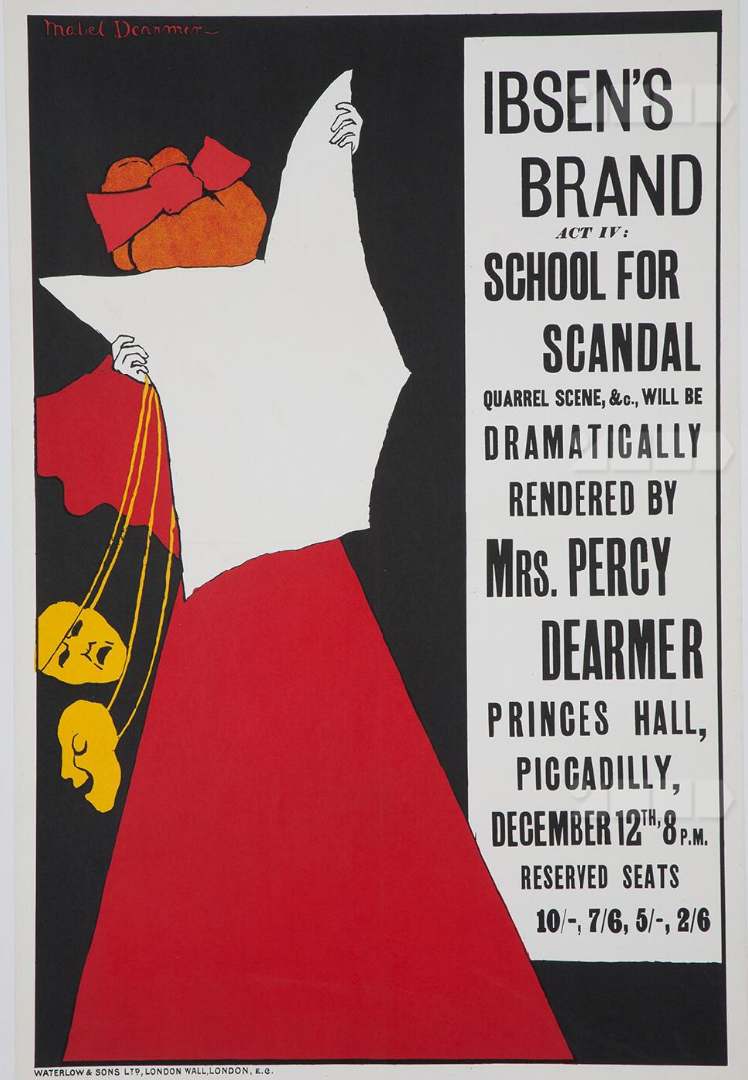30 december 2021
Do you know who wrote Beowulf?
Beowulf - "the heroic poem, the crowning achievement of Old English literature, and the earliest European vernacular epic."
Scholars are yet to find an answer to that question.
But one question we'll try to answer today is, 'how has the word BRAND(ING) changed over time?' The word which first appeared in Beowulf, with its earliest connotations.
Come let's go after:
What Does Branding Mean and How Has Its Meaning Evolved Through Time?

In the episode: Brand Thinking and Design of the podcast: On Branding by Arek Dvornechuck, Debbie Millman while defining the word Brand says,
“I think that a Brand is manufactured meaning. It is something that humans create in an effort to define and designate what something means, and you then communicate that via deliberate differentiation.”
Unquestionably this definition is interesting and it makes one even more curious to know how did we get to this definition.
Therefore without further adieu, let's examine the historical connotations of the word "brand" and the changes it underwent before it came to be used as a method of fostering consumer trust today.
The term for sure has come to possess a meaning both within and beyond commercial context.
For example, have a look at the poster below (part of Design Museum Dedel's collection) from the archives of the International Advertising and Design Database. It's a poster for Ibsen's play and it serves both literary and marketing purposes.

Poster Source: www.iaddb.org
To Burn
So, moving all the way back to Old English times. The word brand evolved from Old English words byrnan, biernan, and brinnan, via Middle English words birnan and brond and also from Old Norse word brandr. All of those words have an association with the meaning 'to burn'.
Theft Prevention
Around 2500 BCE, in order to prevent theft, a burning piece of wood or metal was used to make identifying marks on the skin of livestock. Branding then only had a theft prevention connotation.
Marking, Labelling, and Claiming Ownership
Later tradesmen, potters, and artisans started engraving their products also to claim ownership. Here was then when the second connotative layer got added to the word branding and that was a process being adopted to label and claim one's products. Artists' Monograms and company logos are modern-day forms of these engravings.
Pitching Sales
The next layer of meaning got added when the concept of marketplace came into being. The competition then was not as cutthroat as it is today. So, marking or branding was mostly done to convey the features of the products to those coming to the market which was a way to pitch sales. It was used basically to bridge the gap between the product, the salesman, and the buyer.
Providing Value
As the marketplace became more competitive with a surge of local products sold by local merchants, the associated meaning shifted from just an explanation of product features for the purpose of pitching sales to providing unmatched value. Businesses invested so much in this connotation that Shakespeare’s “What’s in a name?” became “What’s in a name? Everything is in a brand name”.
Building Connection and Trust
In the 20th century, the idea of building emotional connection via branding gained traction and is being used to date. Amongst other things, this layer of meaning can be also seen in monograms and logos companies use. Looka, a design platform, in one of their blog posts, states that “the use of letters in monograms forms memorable acronyms and a deeper connection to the company name. This deeper connection is what drove and still drives loyalty.
Revolution
With a more socially conscious populace, moving away from conformity the marketplace has seen the growth of purpose-driven, risk-taking brands which lend their support to social causes. Along with that present-day connotation of branding is no longer limited to big businesses. In today’s era personal brand is as important as it is of an enterprise. LinkedIn is in fact an enterprise brand that is constitutive of various personal brands.
It’s being used by anyone and everyone who is willing to bring about a change and make the world a better place. The concept of branding now colors the efforts of individuals, politicians, social workers, and of course, of multimillion enterprises.
Thus branding today along with all the other connotative shades above also has an association with the ability to bring about revolutions.
And with the birth of brands like Brandless, maybe we will end up back in Beowulfian times but with an evolved, forward, connotative meaning of the word BRANDING.
It’s a feat that some of us enjoy the freedom to contribute to the evolving connotations of the meaning of the word branding. Let us use this freedom and the concept of branding to bring this freedom to people in the world elsewhere.
If you find it worthwhile and wish to encourage discussion, share this post with your friends and family.
This post is made possible with the support of Design Museum Dedel. Design Museum Dedel has a collection of over 150 years of advertising and design history in the form of posters. The poster collection is made accessible by the collaboration between Design Museum Dedel and Reclame Arsenaal ( IADBB ).
For more such interesting stories follow us on Instagram , Facebook and visit our museum.
 Chandrita Jaisinghani
Chandrita Jaisinghani
Chandrita is a lifelong learner passionate about writing, creation, and marketing. She loves accessing and assessing her inner self through poetry and literature. Learn more about her on her website. You can also reach her at chandritawriter@gmail.com.
